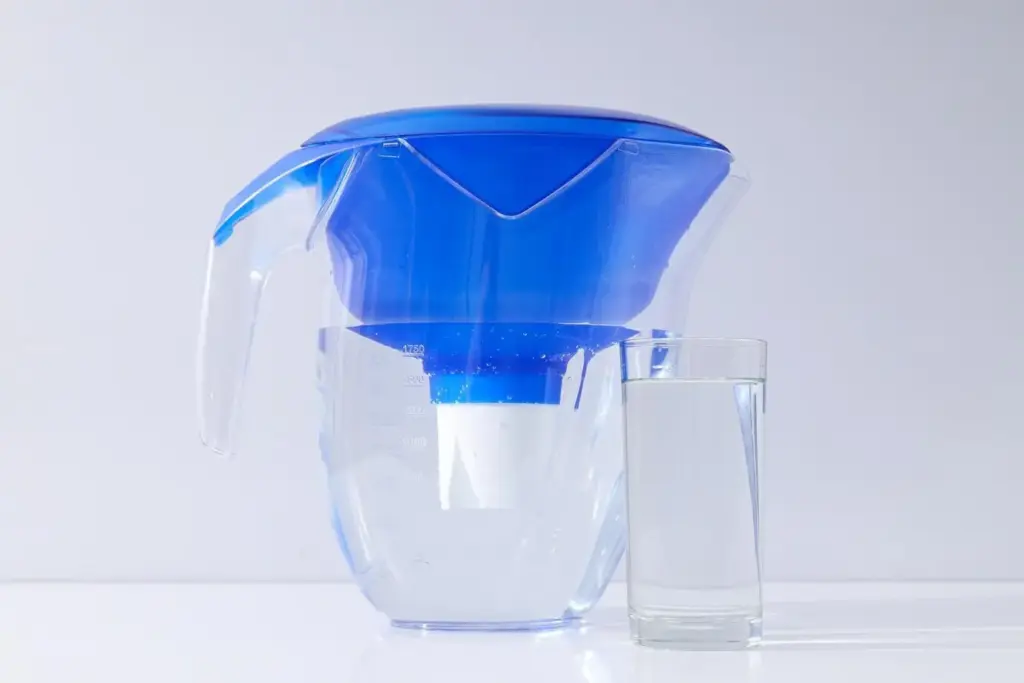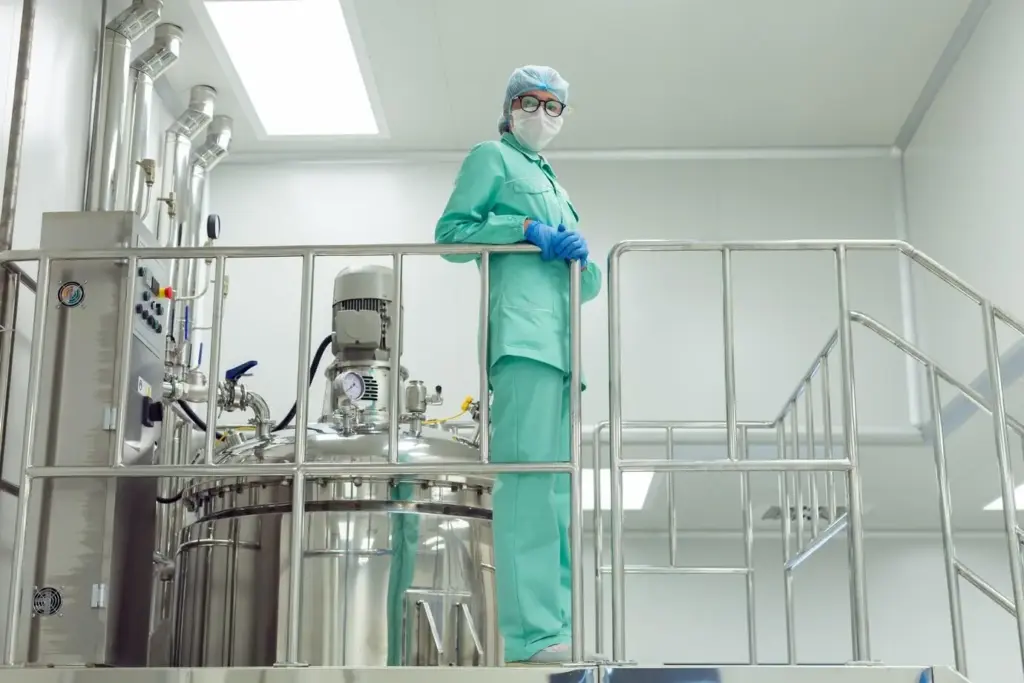Rain to Resource: Smarter Water for Homes and Businesses

Understanding Rain as a Resource

Design Principles that Deliver
Site Assessment and Catchment Calculations
Storage Choices: Tanks, Cisterns, and Aesthetics
Purification Train: Sediment to Sterilization
Installation Done Right
Foundations, Gutters, and Conveyance
Plumbing Integration and Backflow Protection
Maintenance that Prevents Surprises

Cost Benefit and Payback Scenarios
Calculate annual yield, match it to offset volumes, and incorporate seasonal variability. Include CapEx, replacement cycles, energy for pumping, testing, and disposal costs. Model tariff escalation and drought surcharges. Compare simple payback with discounted cash flow for a fuller picture. Sensitivity tests reveal which assumptions matter most, guiding design tweaks that improve returns without sacrificing reliability or safety.
Water Resilience and ESG Value
Cutting municipal dependence reduces operational risk, especially during restrictions or infrastructure failures. Document avoided withdrawals, stormwater retention, and educational benefits for ESG reporting. Systems can support LEED or BREEAM credits and align with Sustainable Development Goal 6. Communicating results builds trust with staff, customers, and regulators, turning a technical project into proof of purpose driven performance that lasts decades.
Grants, Rebates, and Insurance
Municipalities and utilities often offer rebates for storage volume, first flush controls, and potable quality safeguards. Stormwater fee credits recognize reduced runoff. Some insurers provide discounts for resilience measures and leak detection. Gather documentation, photographs, permits, and performance logs to strengthen applications. Good paperwork unlocks funds, supports audits, and shortens approval timelines when expanding capacity or adding advanced purification stages.
All Rights Reserved.


